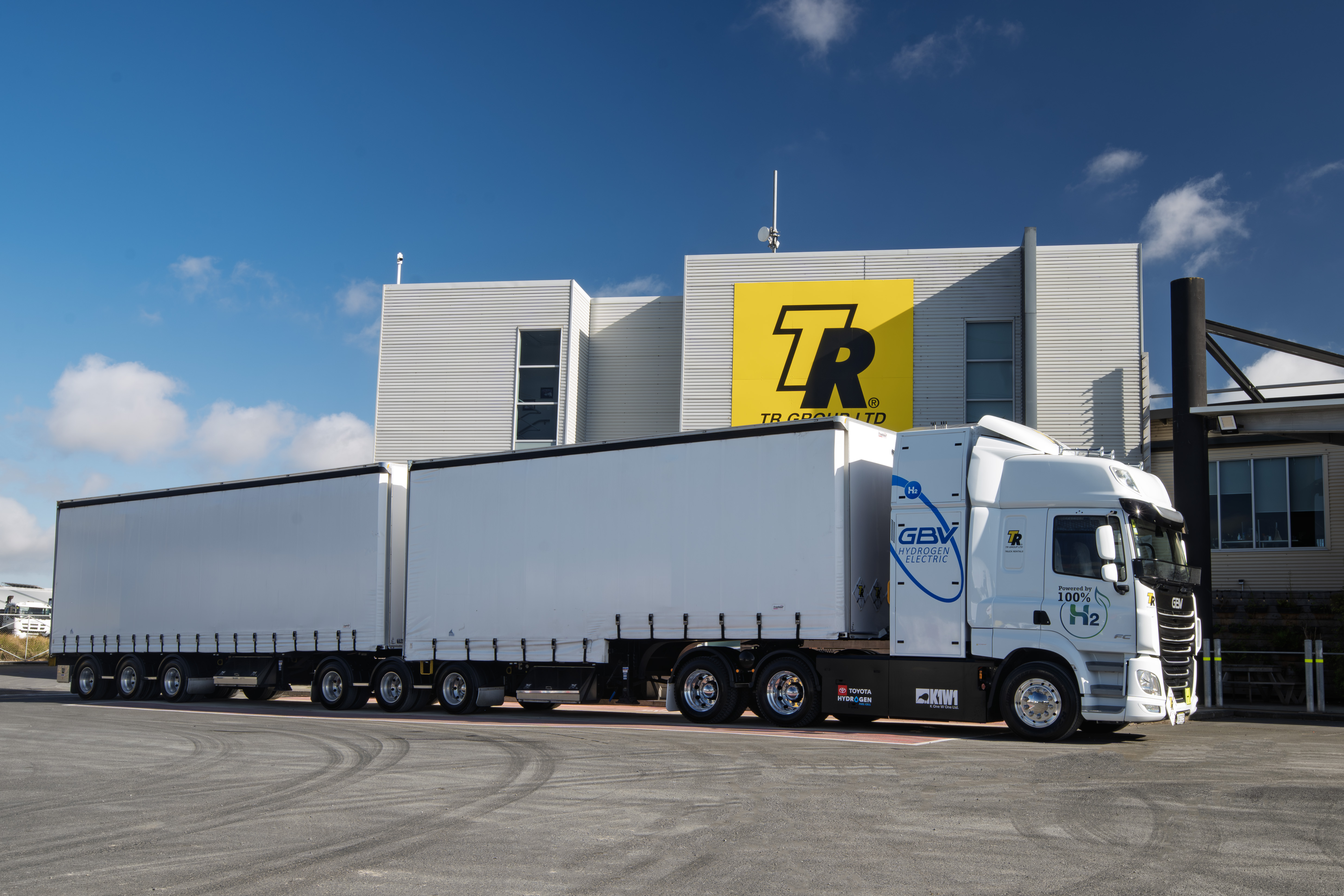New Zealand's Advancements in Hydrogen-Powered Transportation
Key Ideas
- Toyota New Zealand, TR Group, and Global Bus Ventures collaborate to launch a hydrogen-powered 50-tonne prime mover with impressive capabilities.
- New Zealand's hydrogen-powered trucks are supported by a government program and are part of a green hydrogen refueling network, covering 95% of North Island freight routes.
- Stralis Aircraft, Fabrum, and Ara Ake join forces to develop the world's first 50-seat hydrogen-electric aircraft, potentially revolutionizing air travel with lower costs and greater range.
- The use of green hydrogen in these projects is highlighted for its sustainability benefits, aiming to significantly contribute to the decarbonization of land and air transport in New Zealand.
In New Zealand, the push towards hydrogen-powered transportation is gaining momentum with significant projects in both land and air sectors. Toyota New Zealand, TR Group, and Global Bus Ventures have unveiled a hydrogen-powered 50-tonne prime mover designed for hauling trailers. This environmentally friendly lorry, fitted with two Toyota 85 kW fuel cells totaling 170 kW, boasts a range of 450 to 500 kilometers and refueling times comparable to diesel. Supported by a government program, these trucks are part of a green hydrogen refueling network covering 95% of North Island freight routes.
Moving to the skies, Stralis Aircraft, Fabrum, and Ara Ake are collaborating on the development of the world's first 50-seat hydrogen-electric aircraft, the Stralis Aircraft SA1. This innovation is set to offer lower operating costs and an impressive range of 3000 km, potentially transforming air travel. The use of green hydrogen, made with renewable energy sources, is emphasized for its sustainability advantages.
Overall, these initiatives mark significant steps towards the decarbonization of transportation in New Zealand, showcasing the potential of hydrogen technology in revolutionizing the way both land and air transport operate.
